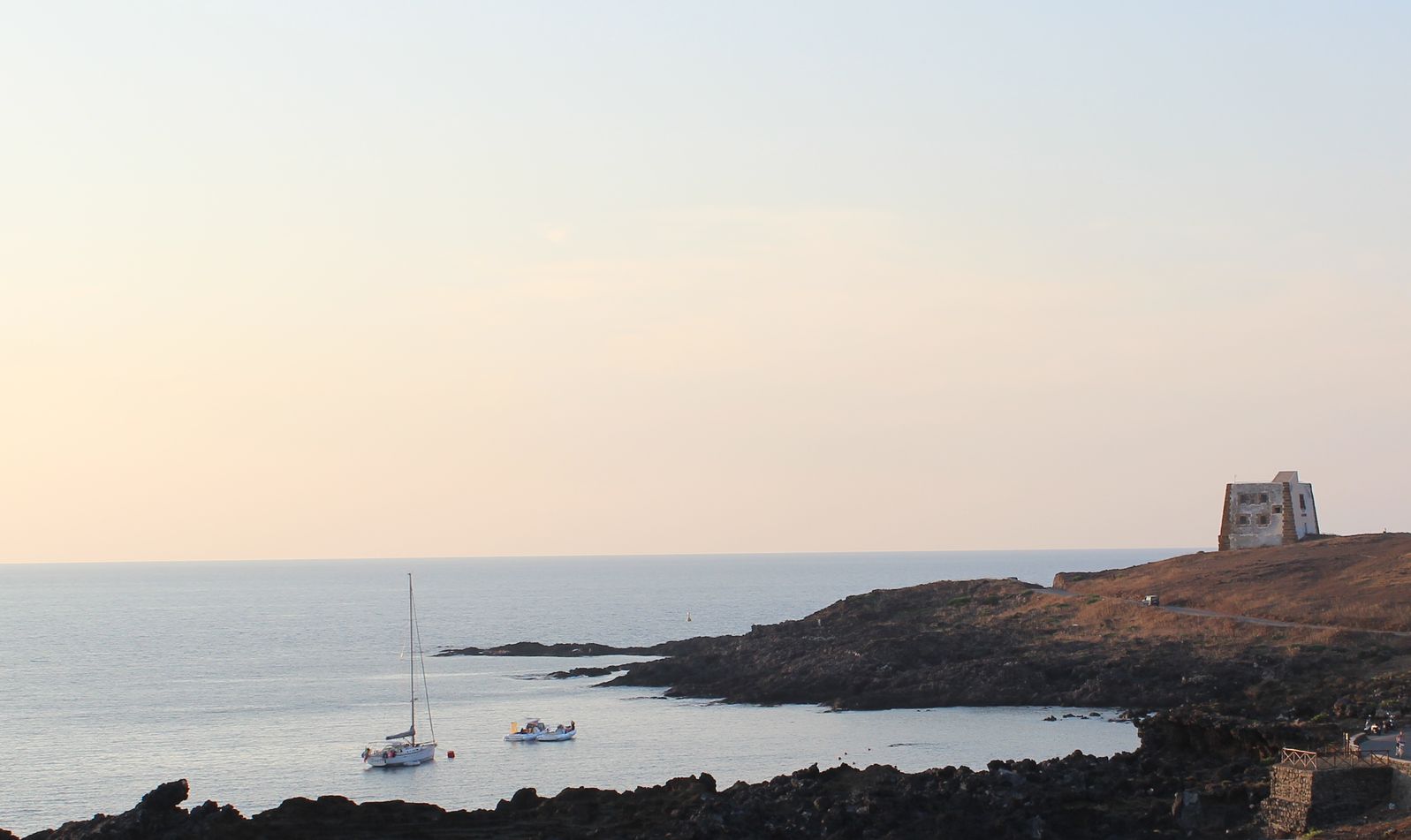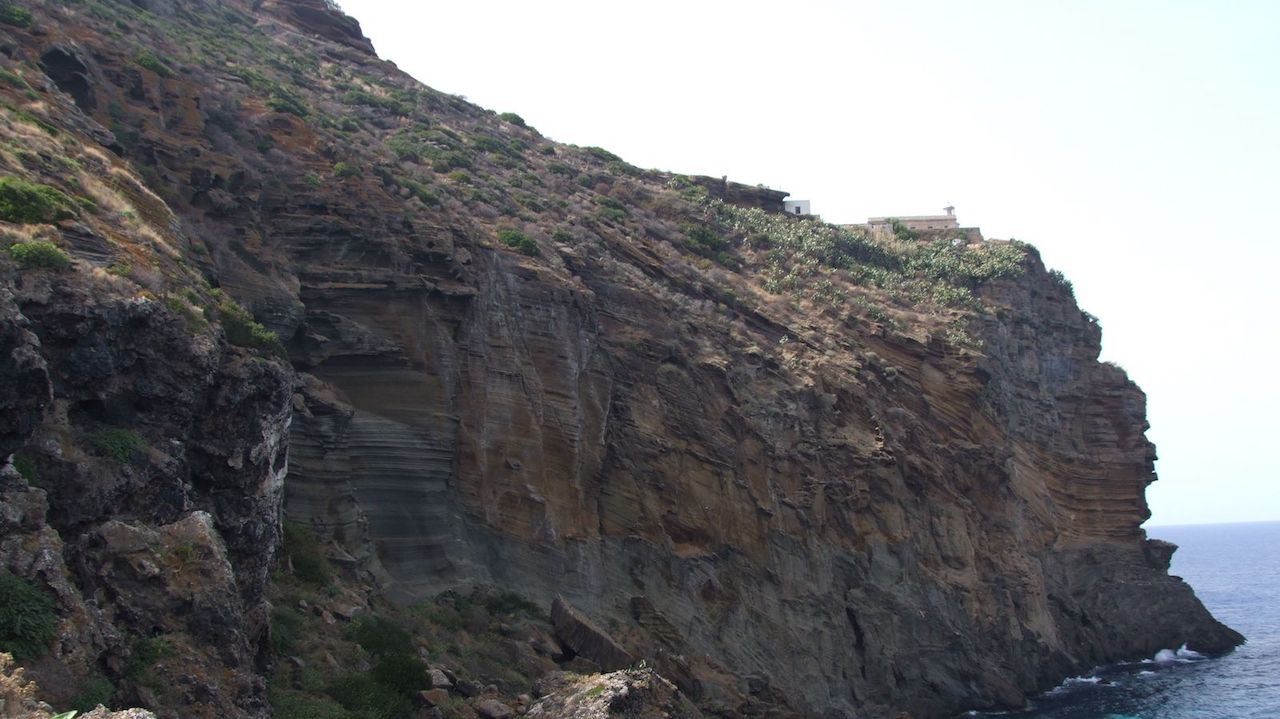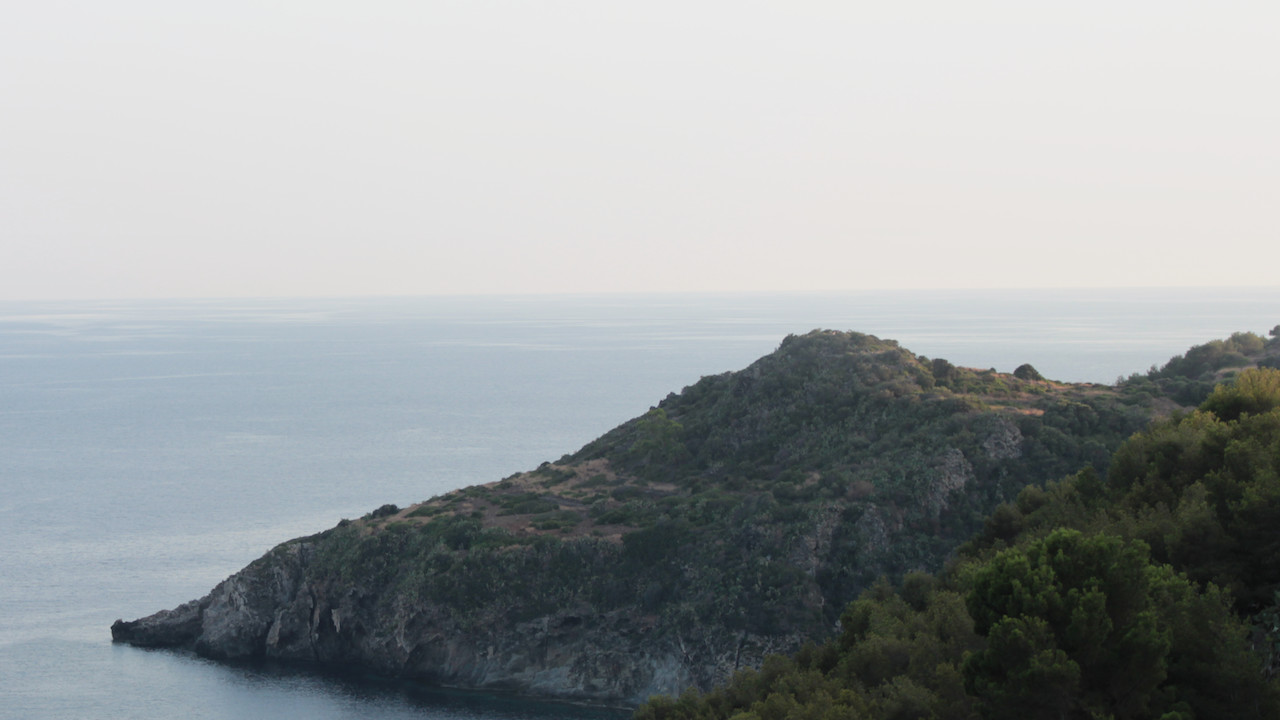
A BIT OF HISTORY
The small and solitary Ustica emerges west of the Aeolian Islands. Small above water with about 8.6 sq km, it has got the top of a mountain comparable in height and size to the great volcano Etna. Situated at about 65 km north from Palermo, it was called with various names: the Romans named it Ustum = burned, for its volcanic origin; instead the Greeks osteodes = ossuary, for the human remains of a deportation of Carthaginian mercenaries. These soldiers had protested because they had not received their payment, and they were abandoned here and condemned to death. Ustica has been identified as the island of the sorceress Circe in the Homer Odyssey.
The first human settlements date back to the Neolithic age. The remains of a village near the “Faraglioni” and the discovery of other finds in various parts of the island testify that, throughout the Bronze Age, Ustica was already inhabited in prehistoric times (most of the excavations on the island was done by Giovanni Mannino). The finds of the village near Faraglioni were in the position of usage. This suggest that Ustica was suddenly abandoned, probably during some eruptive events which occurred in that period.
The first traces of new repopulations following that period were in the Hellenistic age: during this period the fortress of Falconiera and other buildings were built on the island. Over the years there were various Mediterranean peoples who modified these buildings. The early Christian Necropolis is still open in the Falconiera area. Tombs, tunnels, cisterns dug into the tuff and a multitude of archaeological finds, found in various parts of the island and underwater, confirm that Ustica was a strategic point for trade among Phoenicians, Carthaginians and Romans.
After the fall of the Roman Empire there was a period of abandonment that lasted until the sixth century, when a Benedictine community settled in the area now called "old houses". But even this settlement did not last long: the incursions of Barbary pirates led to the destruction of the community. In the XVI century Bourbons colonised the island and they built the two watchtowers “Torre Santa Maria” and “Torre Spalmatore”, some cisterns to collect rain waters and some buildings. This became the main center of “Cala Santa Maria” that was inhabited by a hundred of soldiers and settlers of Palermo, Trapani and Aeolian Islands for a total of about 400 people.
Under the government of the Bourbons, with the Savoy family, and also in the Fascist period, Ustica was an exile place for political prisoners and "pleb". The first "tourists" who realized the beauty of the island were wellknown people like Ferruccio Parri and Antonio Gramsci. The confinement was abolished only in 1961 after continuous protests of the inhabitants.


